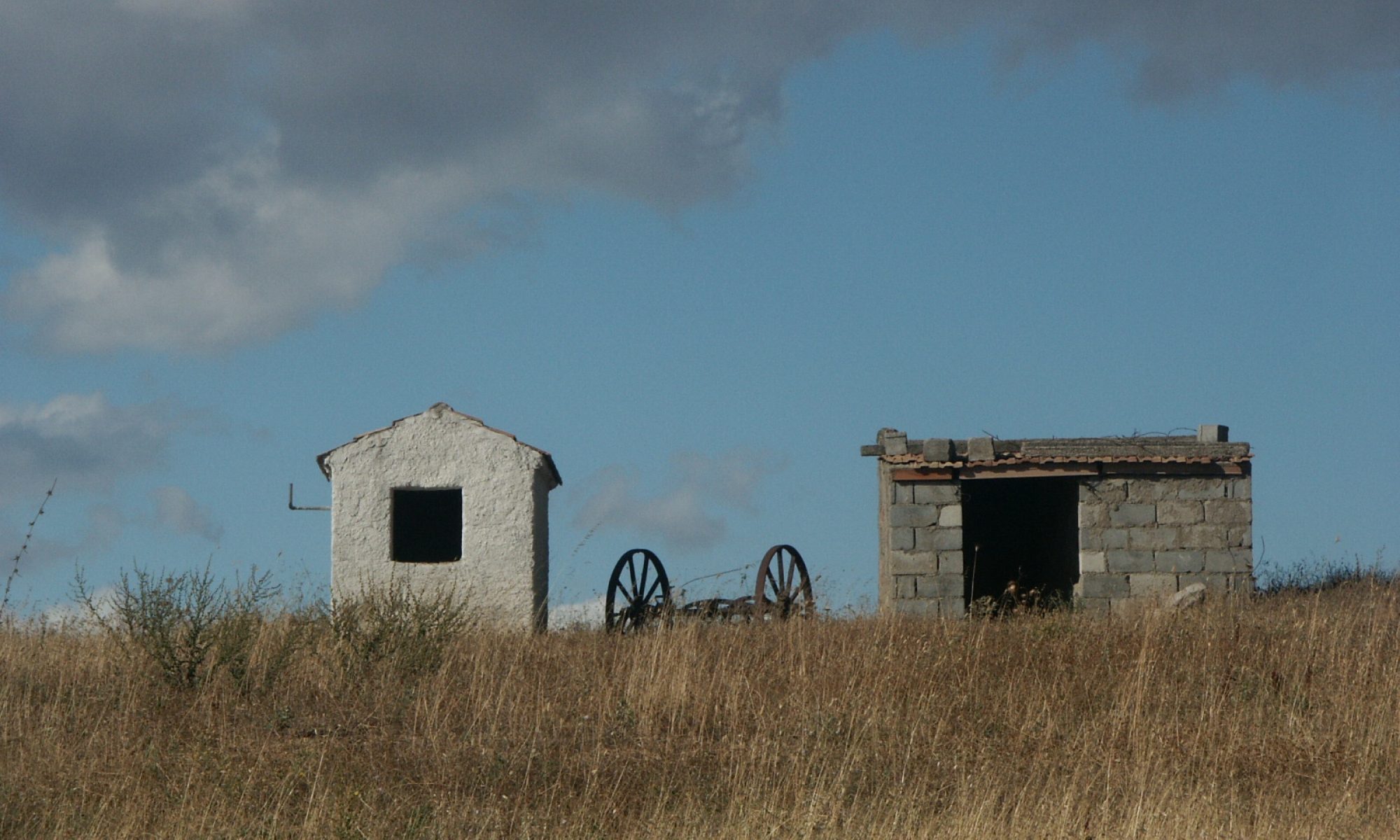Cynthia Schulz
Kingston University, London (UK)
“The Earth Speaks to All of Us”: Queer Ecology in Miyazaki’s Castle in the Sky
This paper will examine how Castle in the Sky (1986) can be explored through the scope of Queer Ecology, rejecting dualistic notions of the “natural” and the “unnatural”. This film is Hayao Miyazaki’s first production for Studio Ghibli and anticipates the themes of anti-war and environmentalism of his later releases. Philosophically, his work has been explored regarding its Heideggerian implications by researchers such as Thomas LaMarre (2009), commending his non-anthropocentric perspective and ecological viability. Nonetheless, Castle in the Sky (1986) still holds significance in understanding environmentalism within recent contexts, which further allows discussions on how new concepts can be applied to Miyazaki’s work. With regards to Sara Ahmed’s (2006) Queer Phenomenology, which claims the existence of a heteronormative line from which a subject may only escape through a queer object entering its sphere, this paper will explore how the robot functions as a queer subject falling into a heteronormative world which leads to the robot’s destruction of the castle in the surface world figuratively standing for the queer trauma it experiences. Hence, I will argue that the robot functions as an active subject to examine the queer ecological virtue and the impact of its absence. Therefore, I argue that this surface world as portrayed in Castle in the Sky (1986) acts as heteronormative and thus non-ecological after Queer Ecology due to its dualist notion, while Laputa as the flying castle serves as the embodiment of the queer ecological framework. Consequently, Laputa reveals a harmonious unity between the heteronormatively regarded “natural” properties embodied by nature itself and the “unnatural” attributes embodied by the robots, blurring this assigned dualism. As a result, Miyazaki’s work addresses not only the unity of human and nature but also gives indications about the integration of technology into an environmentalist structure, following his implied Shintō principles while also providing a discourse of the boundaries of the living and non-living as defined by Timothy Morton (2010). Accordingly, this paper aims to encourage a re- engagement with Miyazaki’s material to reshape how ecology can be conceived through cinema.
Cynthia Schulz is an MA Film Studies student at Kingston University London and focuses her work primarily around environmentalism, feminism, queer theory and animation. As part of her degree, she has recently written papers on queer theory in East-Asian cinema, Heidegger’s philosophy and eco-feminism. Her upcoming master’s thesis will focus implicitly on Hayao Miyazaki’s work, giving further significance to a Heideggerian reading of it as well as an eco-feminist implication while discussing the portrayal of environmentalism within animation. In the future, she is planning to pursue a PhD further researching ecology in film and other East-Asian media.
